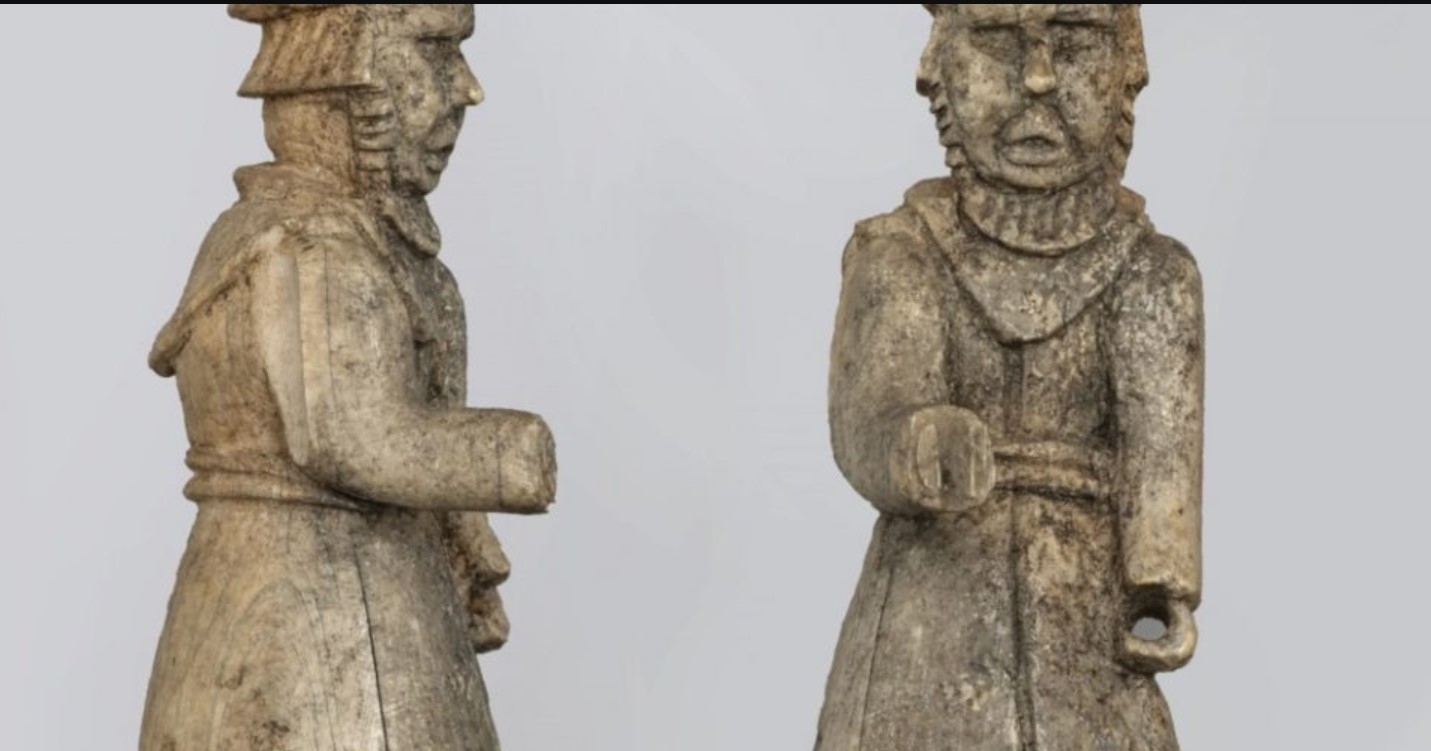There are few direct references in the written sources about the entertainments of Riga residents in the Middle Ages and early modern times. The main evidence of their favourite games proving that the ancient inhabitants of Riga were no exception in medieval and early modern Europe comes from archaeological findings. The oldest game accessories found in Riga refer to the beginnings of the medieval city in the 13th century, and they continued to be relevant in the following centuries. The entertainment items from the 13th-18th centuries found in the archaeological research in Riga are of three types: accessories of games, toys and musical instruments. The first ones are the most numerous and diverse, representing mostly games of strategy, luck and physical skills. Toys are objects used primarily by children in the process of gaining developmental experience. The discovered musical instruments are simple and primitive sound-producing tools, intended for the performance of folk music. Although we cannot obtain full information about the games of the ancient Riga people, their rules, children’s games or music in the streets of Riga, archaeological evidence proves that entertainment events constituted an important part of the daily life of the townspeople of the Middle Ages and early modern times and gives a certain idea of the gaming habits.




